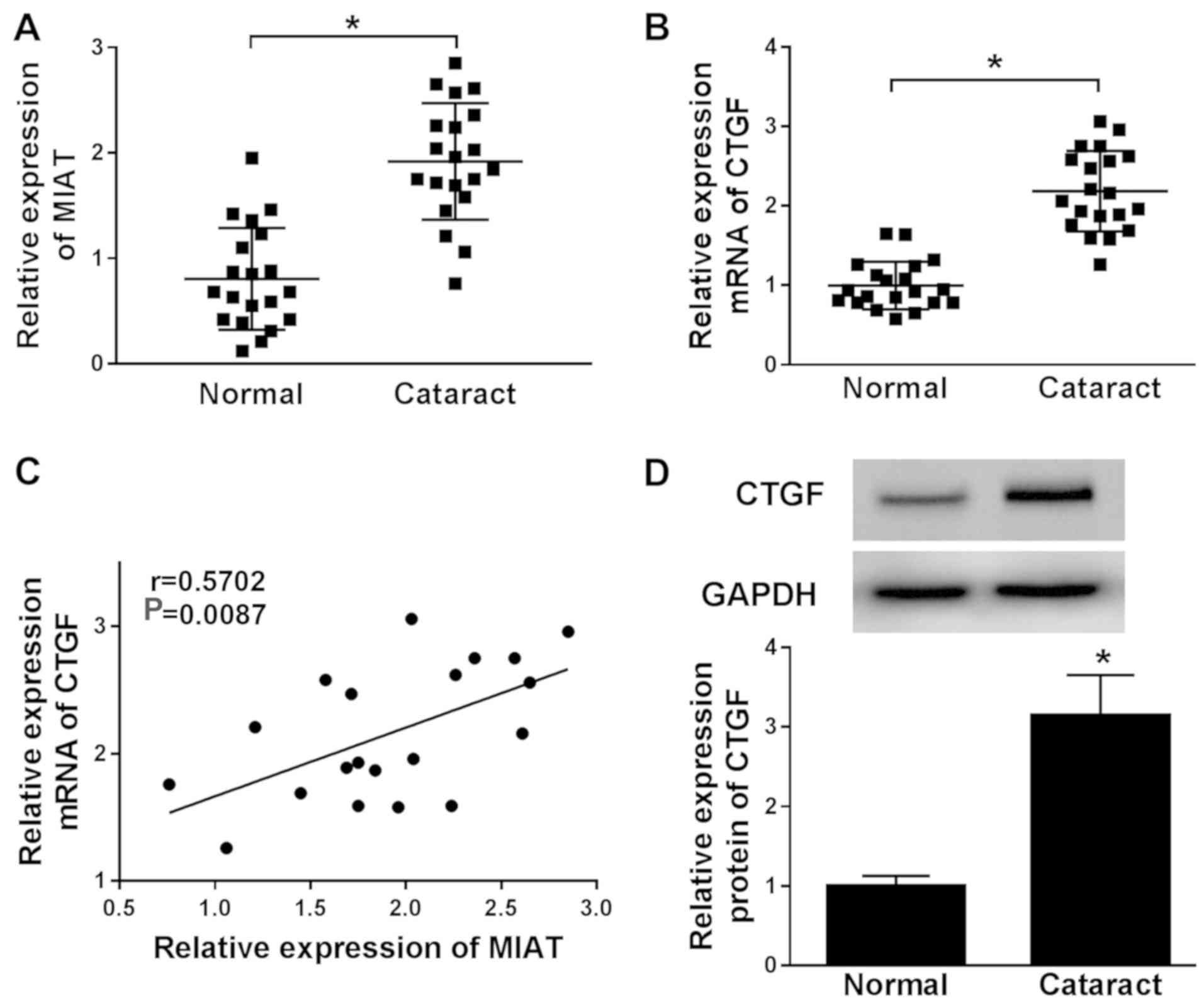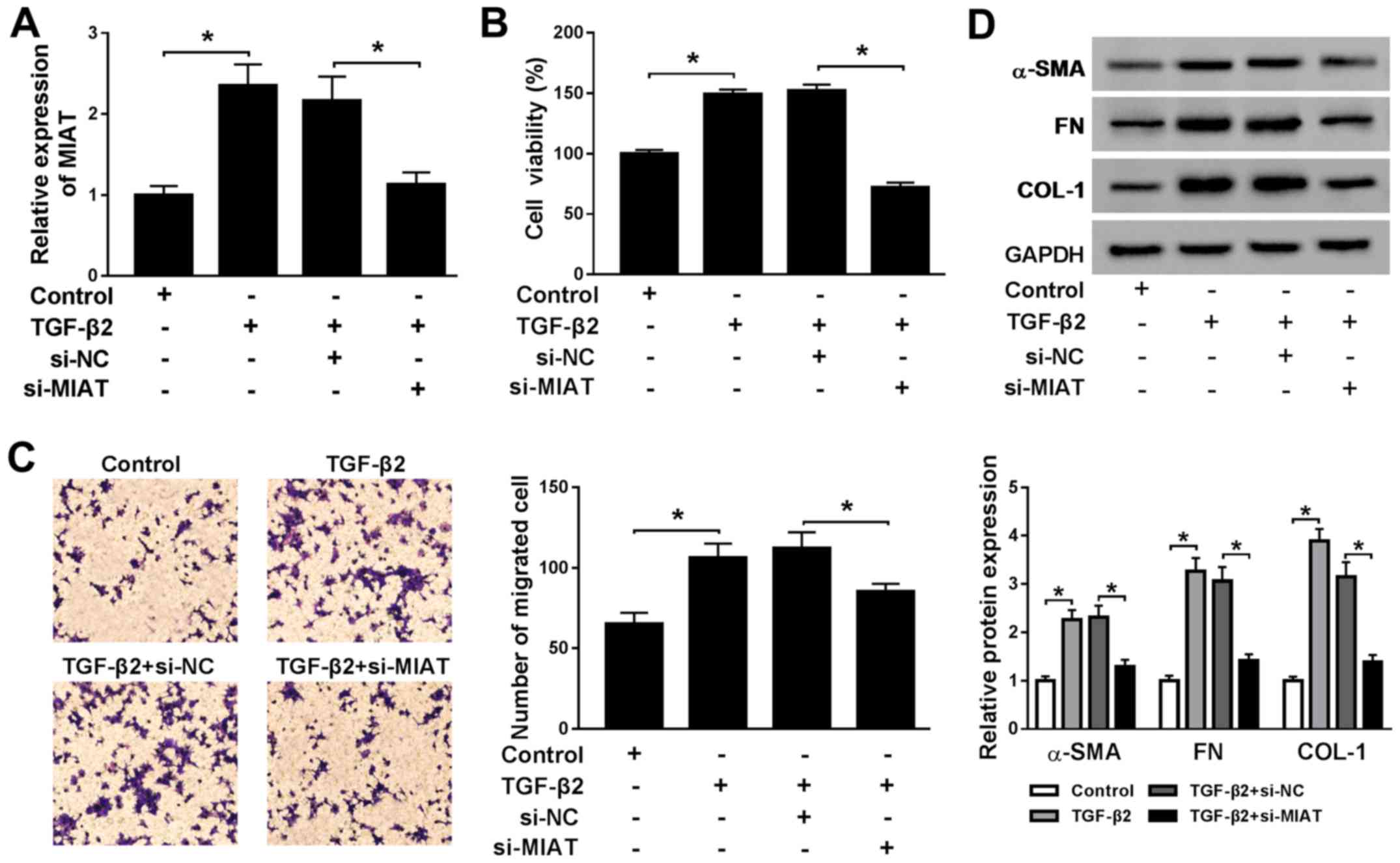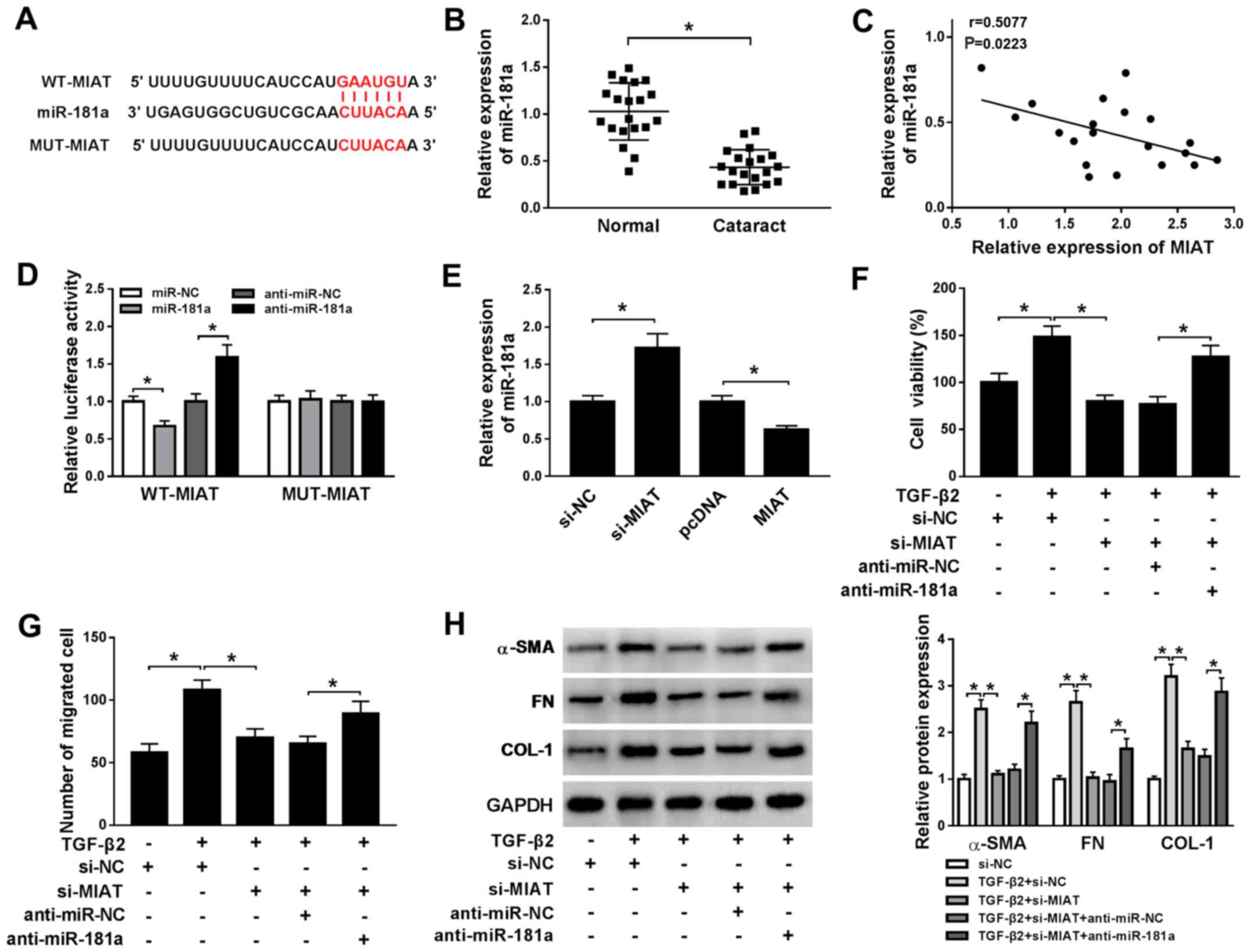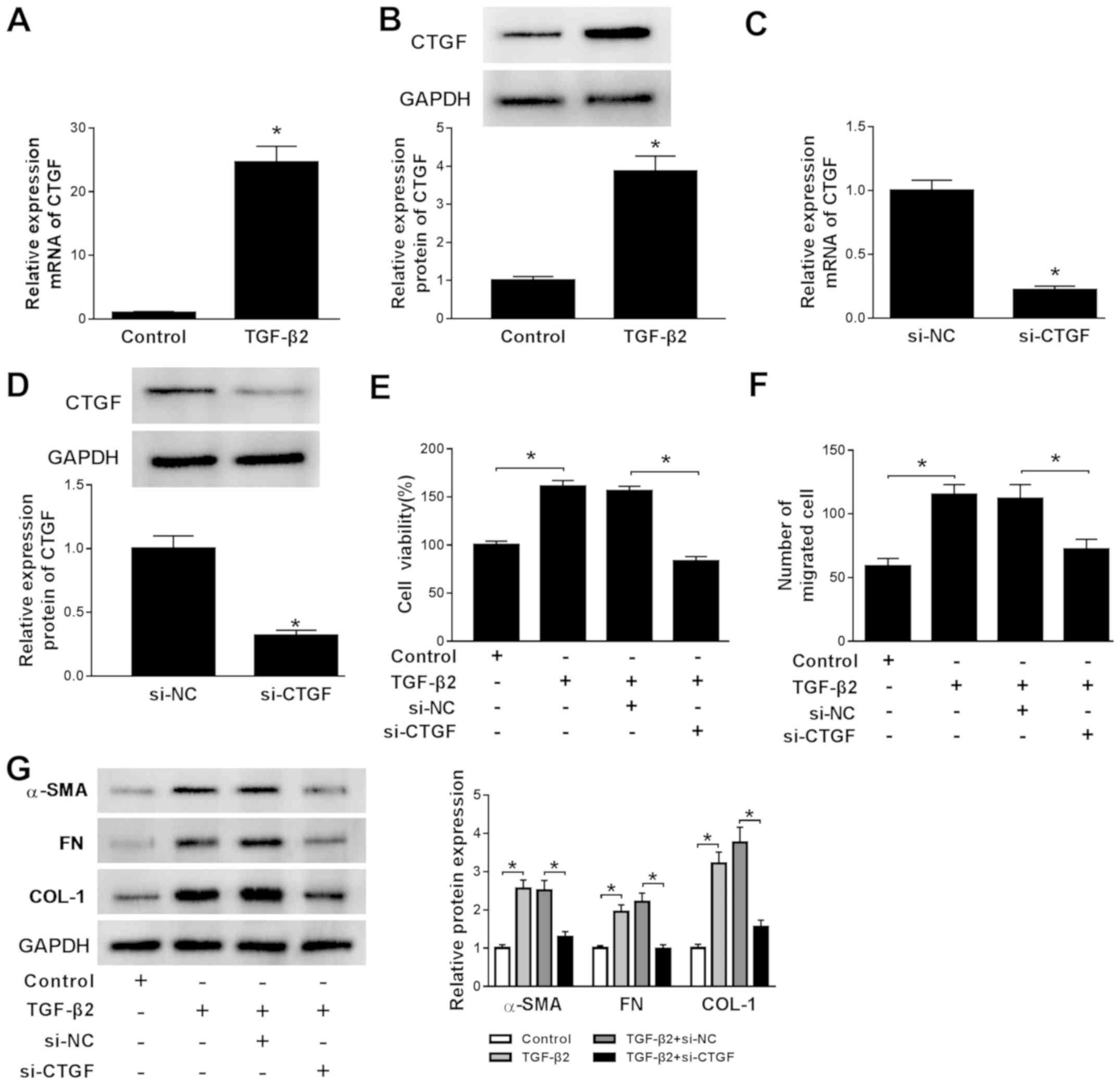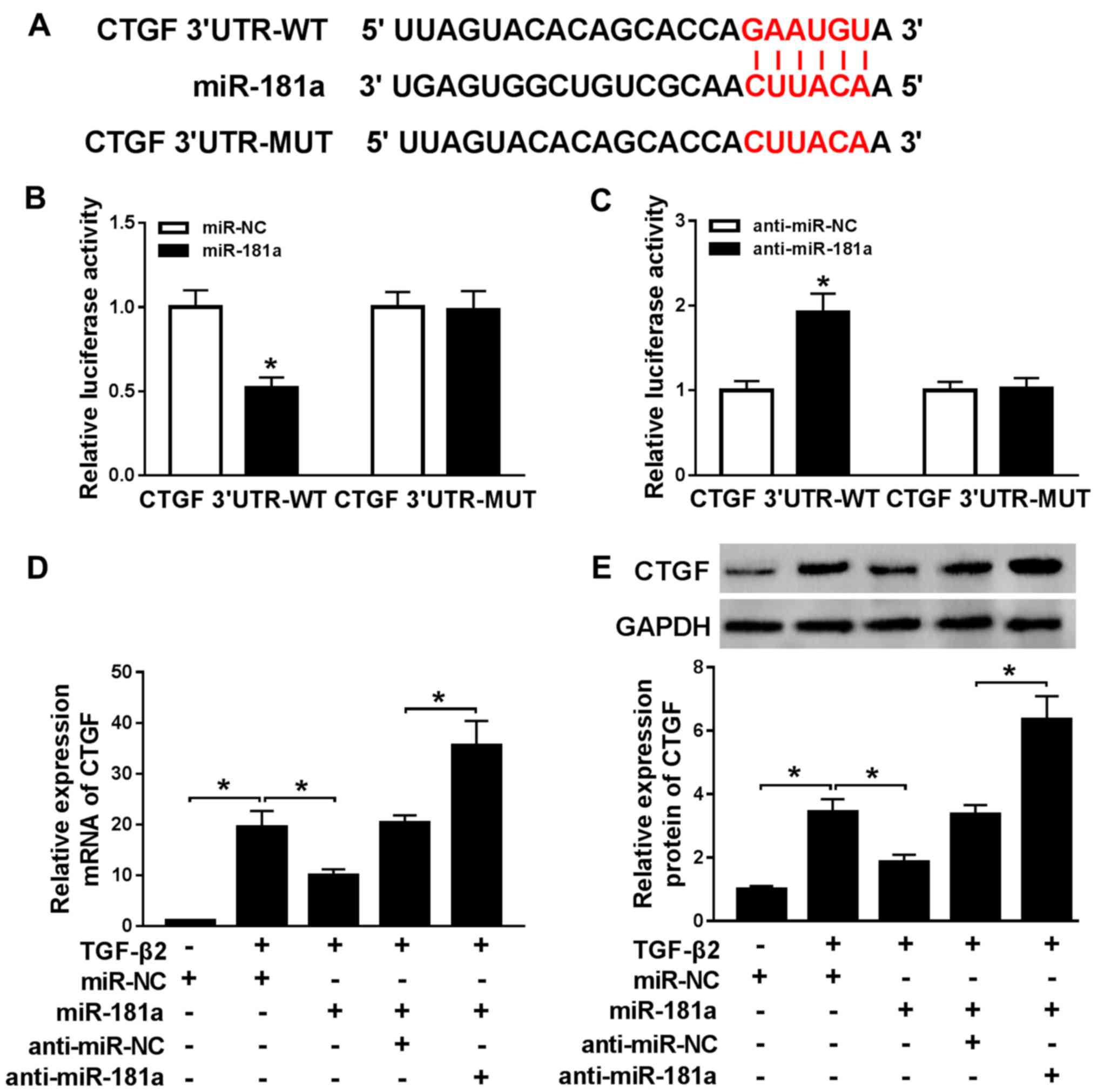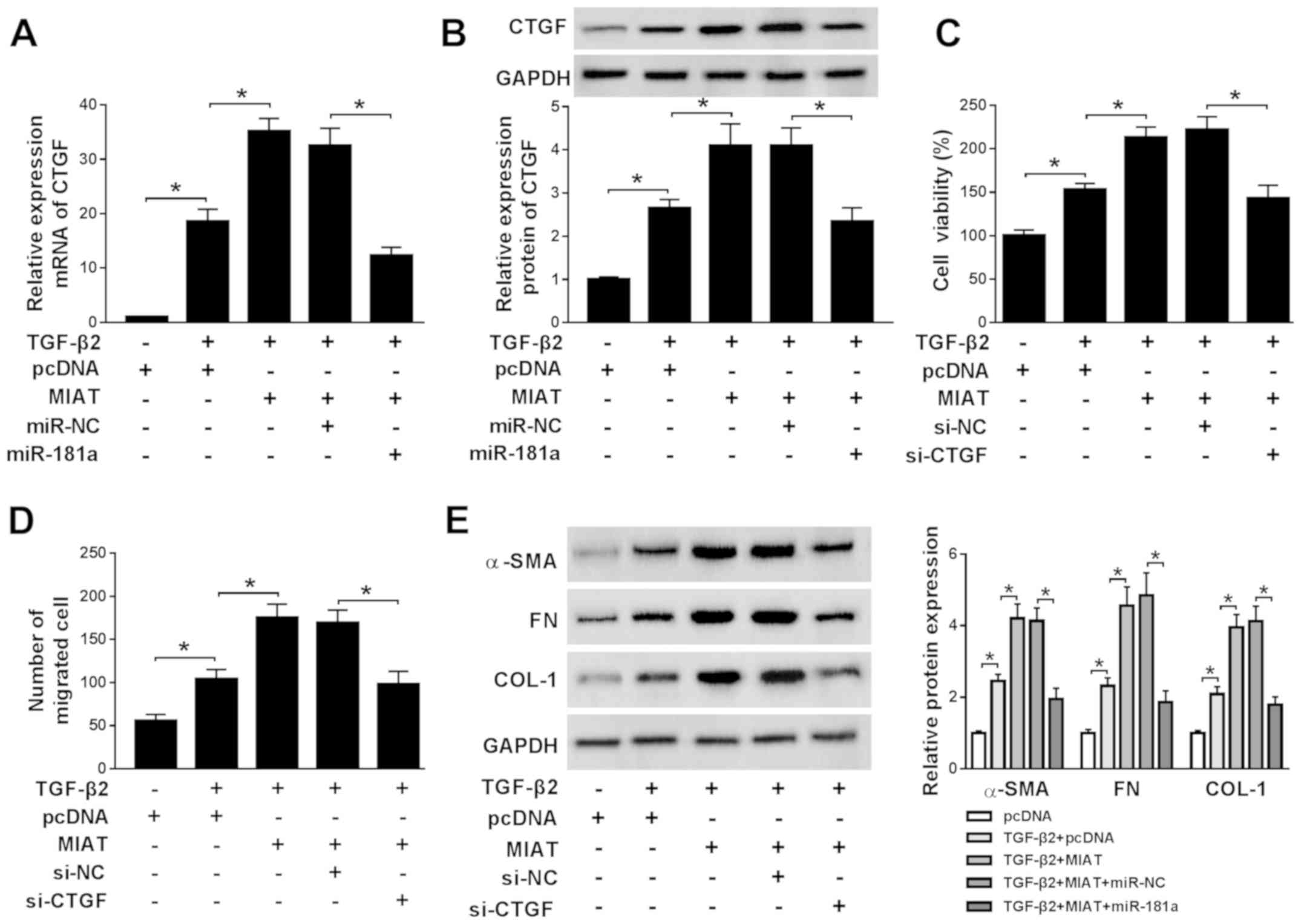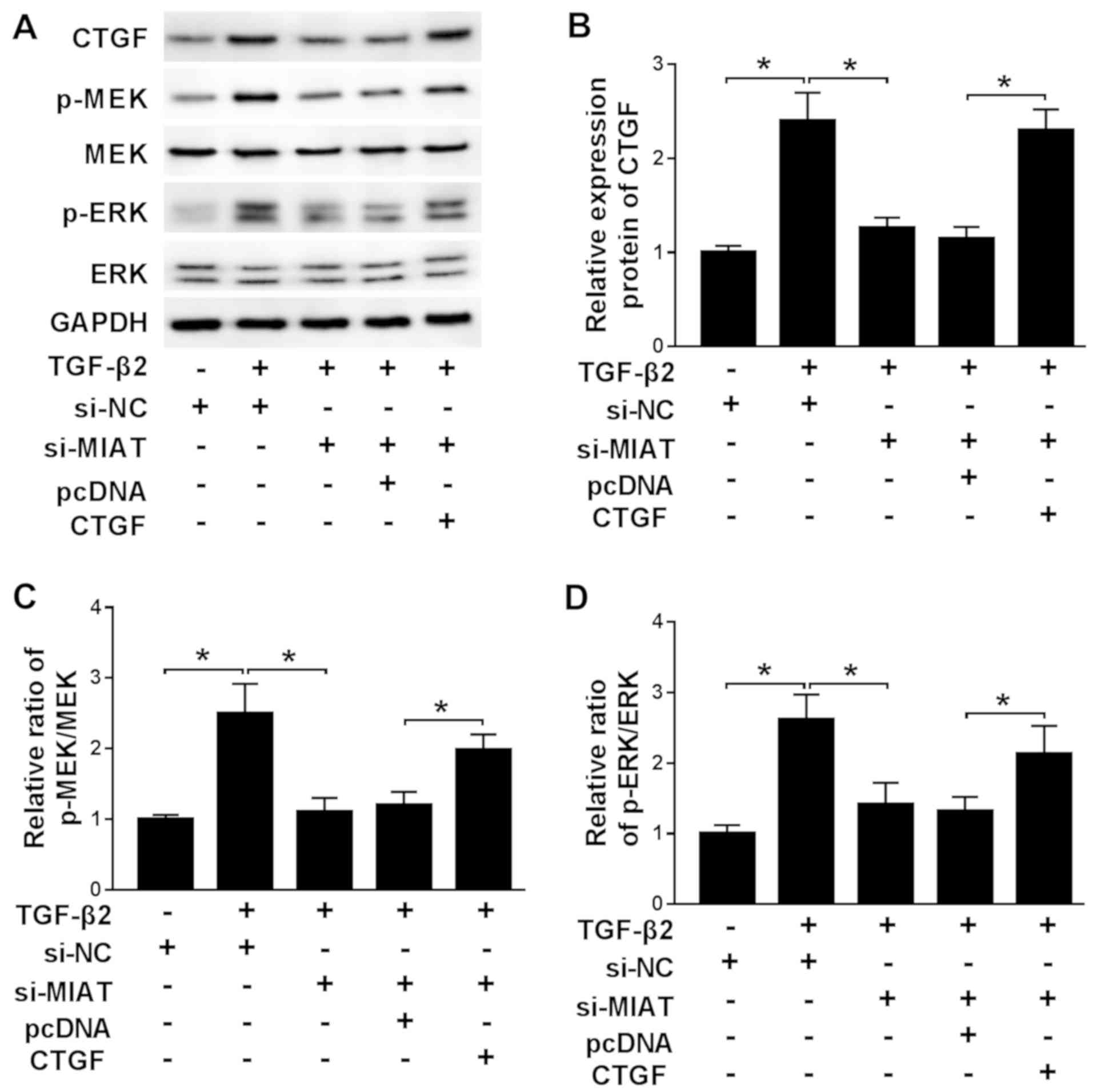|
1
|
Lim JC, Umapathy A and Donaldson PJ: Tools
to fight the cataract epidemic: A review of experimental animal
models that mimic age related nuclear cataract. Exp Eye Res.
145:432–443. 2016.PubMed/NCBI View Article : Google Scholar
|
|
2
|
Raj SM, Vasavada AR, Johar SR and Vasavada
VA and Vasavada VA: Post-operative capsular opacification: A
review. Int J Biomed Sci. 3:237–250. 2007.PubMed/NCBI
|
|
3
|
Peng Q, Hennig A, Vasavada AR and Apple
DJ: Posterior capsular plaque: A common feature of cataract surgery
in the developing world. Am J Ophthalmol. 125:621–626.
1998.PubMed/NCBI View Article : Google Scholar
|
|
4
|
Lovicu FJ, Ang S, Chorazyczewska M and
McAvoy JW: Deregulation of lens epithelial cell proliferation and
differentiation during the development of TGFbeta-induced anterior
subcapsular cataract. Dev Neurosci. 26:446–455. 2004.PubMed/NCBI View Article : Google Scholar
|
|
5
|
Marcantonio JM, Syam PP, Liu CS and Duncan
G: Epithelial transdifferentiation and cataract in the human lens.
Exp Eye Res. 77:339–346. 2003.PubMed/NCBI View Article : Google Scholar
|
|
6
|
Guo R, Meng Q, Guo H, Xiao L, Yang X, Cui
Y and Huang Y: TGF-β2 induces epithelial-mesenchymal transition in
cultured human lens epithelial cells through activation of the
PI3K/Akt/mTOR signaling pathway. Mol Med Rep. 13:1105–1110.
2016.PubMed/NCBI View Article : Google Scholar
|
|
7
|
Ma B, Kang Q, Qin L, Cui L and Pei C:
TGF-β2 induces transdifferentiation and fibrosis in human lens
epithelial cells via regulating gremlin and CTGF. Biochem Biophys
Res Commun. 447:689–695. 2014.PubMed/NCBI View Article : Google Scholar
|
|
8
|
Mathieu EL, Belhocine M, Dao LT, Puthier D
and Spicuglia S: Functions of lncRNA in development and diseases.
Med Sci (Paris). 30:790–796. 2014.PubMed/NCBI View Article : Google Scholar : (In French).
|
|
9
|
Zhang Z, Zhu H, Liu Y, Quan F, Zhang X and
Yu L: LncRNA HOTAIR mediates TGF-β2-induced cell growth and
epithelial-mesenchymal transition in human lens epithelial cells.
Acta Biochim Biophys Sin (Shanghai). 50:1028–1037. 2018.PubMed/NCBI View Article : Google Scholar
|
|
10
|
Chen B, Ma J, Li C and Wang Y: Long
noncoding RNA KCNQ1OT1 promotes proliferation and
epithelial-mesenchymal transition by regulation of SMAD4 expression
in lens epithelial cells. Mol Med Rep. 18:16–24. 2018.PubMed/NCBI View Article : Google Scholar
|
|
11
|
Li G, Song H, Chen L, Yang W, Nan K and Lu
P: TUG1 promotes lens epithelial cell apoptosis by regulating
miR-421/caspase-3 axis in age-related cataract. Exp Cell Res.
356:20–27. 2017.PubMed/NCBI View Article : Google Scholar
|
|
12
|
Wang Y, Chen L, Gu Y, Wang Y, Yuan Y, Zhu
Q, Bi M and Gu S: LncRNA FEZF1-AS1 promotes TGF-β2-mediated
proliferation and migration in human lens epithelial cells
SRA01/04. J Ophthalmol. 2019(4736203)2019.PubMed/NCBI View Article : Google Scholar
|
|
13
|
Gong W, Zhu G, Li J and Yang X: LncRNA
MALAT1 promotes the apoptosis and oxidative stress of human lens
epithelial cells via p38MAPK pathway in diabetic cataract. Diabetes
Res Clin Pract. 144:314–321. 2018.PubMed/NCBI View Article : Google Scholar
|
|
14
|
Qi D, Wang M, Zhang D and Li H: Tanshinone
IIA protects lens epithelial cells from
H2O2-induced injury by upregulation of lncRNA
ANRIL. J Cell Physiol (Epub ahead of print).
|
|
15
|
Cheng T, Xu M, Qin B, Wu J, Tu Y, Kang L,
Wang Y and Guan H: lncRNA H19 contributes to oxidative damage
repair in the early age-related cataract by regulating miR-29a/TDG
axis. J Cell Mol Med. 23:6131–6139. 2019.PubMed/NCBI View Article : Google Scholar
|
|
16
|
Toraih EA, El-Wazir A, Alghamdi SA,
Alhazmi AS, El-Wazir M, Abdel-Daim MM and Fawzy MS: Association of
long non-coding RNA MIAT and MALAT1 expression profiles in
peripheral blood of coronary artery disease patients with previous
cardiac events. Genet Mol Biol. 42:509–518. 2019.PubMed/NCBI View Article : Google Scholar
|
|
17
|
Tan J, Liu S, Jiang Q, Yu T and Huang K:
LncRNA-MIAT increased in patients with coronary atherosclerotic
heart disease. Cardiol Res Pract. 2019(6280194)2019.PubMed/NCBI View Article : Google Scholar
|
|
18
|
Zhu M, Li N, Luo P, Jing W, Wen X, Liang C
and Tu J: Peripheral blood leukocyte expression of lncRNA MIAT and
its diagnostic and prognostic value in ischemic stroke. J Stroke
Cerebrovasc Dis. 27:326–337. 2018.PubMed/NCBI View Article : Google Scholar
|
|
19
|
Shen Y, Dong LF, Zhou RM, Yao J, Song YC,
Yang H, Jiang Q and Yan B: Role of long non-coding RNA MIAT in
proliferation, apoptosis and migration of lens epithelial cells: A
clinical and in vitro study. J Cell Mol Med. 20:537–548.
2016.PubMed/NCBI View Article : Google Scholar
|
|
20
|
Korhan P, Erdal E and Atabey N:
MiR-181a-5p is downregulated in hepatocellular carcinoma and
suppresses motility, invasion and branching-morphogenesis by
directly targeting c-Met. Biochem Biophys Res Commun.
450:1304–1312. 2014.PubMed/NCBI View Article : Google Scholar
|
|
21
|
Gong W, Li J, Wang Y, Meng J and Zheng G:
miR-221 promotes lens epithelial cells apoptosis through
interacting with SIRT1 and E2F3. Chem Biol Interact. 306:39–46.
2019.PubMed/NCBI View Article : Google Scholar
|
|
22
|
Dong N, Tang X and Xu B: miRNA-181a
inhibits the proliferation, migration, and epithelial-mesenchymal
transition of lens epithelial cells. Invest Ophthalmol Vis Sci.
56:993–1001. 2015.PubMed/NCBI View Article : Google Scholar
|
|
23
|
Ramazani Y, Knops N, Elmonem MA, Nguyen
TQ, Arcolino FO, van den Heuvel L, Levtchenko E, Kuypers D and
Goldschmeding R: Connective tissue growth factor (CTGF) from basics
to clinics. Matrix Biol. 68-69:44–66. 2018.PubMed/NCBI View Article : Google Scholar
|
|
24
|
Pei C, Ma B, Kang QY, Qin L and Cui LJ:
Effects of transforming growth factor β2 and connective tissue
growth factor on induction of epithelial mesenchymal transition and
extracellular matrix synthesis in human lens epithelial cells. Int
J Ophthalmol. 6:752–757. 2013.PubMed/NCBI View Article : Google Scholar
|
|
25
|
Livak KJ and Schmittgen TD: Analysis of
relative gene expression data using real-time quantitative PCR and
the 2(-Delta Delta C(T)) method. Methods. 25:402–408.
2001.PubMed/NCBI View Article : Google Scholar
|
|
26
|
Lv J, Sun B, Mai Z, Jiang M and Du J:
CLDN-1 promoted the epithelial to migration and mesenchymal
transition (EMT) in human bronchial epithelial cells via Notch
pathway. Mol Cell Biochem. 432:91–98. 2017.PubMed/NCBI View Article : Google Scholar
|
|
27
|
Ma B, Yang L, Jing R, Liu J, Quan Y, Hui
Q, Li J, Qin L and Pei C: Effects of Interleukin-6 on posterior
capsular opacification. Exp Eye Res. 172:94–103. 2018.PubMed/NCBI View Article : Google Scholar
|
|
28
|
Asbell PA, Dualan I, Mindel J, Brocks D,
Ahmad M and Epstein S: Age-related cataract. Lancet. 365:599–609.
2005.PubMed/NCBI View Article : Google Scholar
|
|
29
|
Li Z, Qu L, Luo W, Tian Y, Zhai H, Xu K
and Zhong H: Mig-6 is down-regulated in HCC and inhibits the
proliferation of HCC cells via the P-ERK/Cyclin D1 pathway. Exp Mol
Pathol. 102:492–499. 2017.PubMed/NCBI View Article : Google Scholar
|
|
30
|
Li TF, Liu J and Fu SJ: The interaction of
long non-coding RNA MIAT and miR-133 play a role in the
proliferation and metastasis of pancreatic carcinoma. Biomed
Pharmacother. 104:145–150. 2018.PubMed/NCBI View Article : Google Scholar
|
|
31
|
Zhang C, Xie L, Liang H and Cui Y: LncRNA
MIAT facilitates osteosarcoma progression by regulating
miR-128-3p/VEGFC Axis. IUBMB Life. 71:845–853. 2019.PubMed/NCBI View
Article : Google Scholar
|
|
32
|
Esteller M: Non-coding RNAs in human
disease. Nat Rev Genet. 12:861–874. 2011.PubMed/NCBI View
Article : Google Scholar
|
|
33
|
Jun JI and Lau LF: Taking aim at the
extracellular matrix: CCN proteins as emerging therapeutic targets.
Nat Rev Drug Discov. 10:945–963. 2011.PubMed/NCBI View
Article : Google Scholar
|
|
34
|
Hong L, Lai HL, Fang Y, Tao Y and Qiu Y:
Silencing CTGF/CCN2 inactivates the MAPK signaling pathway to
alleviate myocardial fibrosis and left ventricular hypertrophy in
rats with dilated cardiomyopathy. J Cell Biochem. 119:9519–9531.
2018.PubMed/NCBI View Article : Google Scholar
|
|
35
|
Liu F, Chen WW, Li Y, Zhang JQ and Zheng
QB: MiR-6836-3p promotes proliferation of hypertrophic scar
fibroblasts by targeting CTGF. Eur Rev Med Pharmacol Sci.
22:4069–4074. 2018.PubMed/NCBI View Article : Google Scholar
|
|
36
|
Wang WB, Li HP, Yan J, Zhuang F, Bao M,
Liu JT, Qi YX and Han Y: CTGF regulates cyclic stretch-induced
vascular smooth muscle cell proliferation via microRNA-19b-3p. Exp
Cell Res. 376:77–85. 2019.PubMed/NCBI View Article : Google Scholar
|
|
37
|
Dai X, Song R and Xiong Y: The expression
of ERK and JNK in patients with an endemic osteochondropathy,
Kashin-Beck disease. Exp Cell Res. 359:337–341. 2017.PubMed/NCBI View Article : Google Scholar
|
|
38
|
Zong D, Li J, Cai S, He S, Liu Q, Jiang J,
Chen S, Long Y, Chen Y, Chen P and Ouyang R: Notch1 regulates
endothelial apoptosis via the ERK pathway in chronic obstructive
pulmonary disease. Am J Physiol Cell Physiol. 315:C330–C340.
2018.PubMed/NCBI View Article : Google Scholar
|















